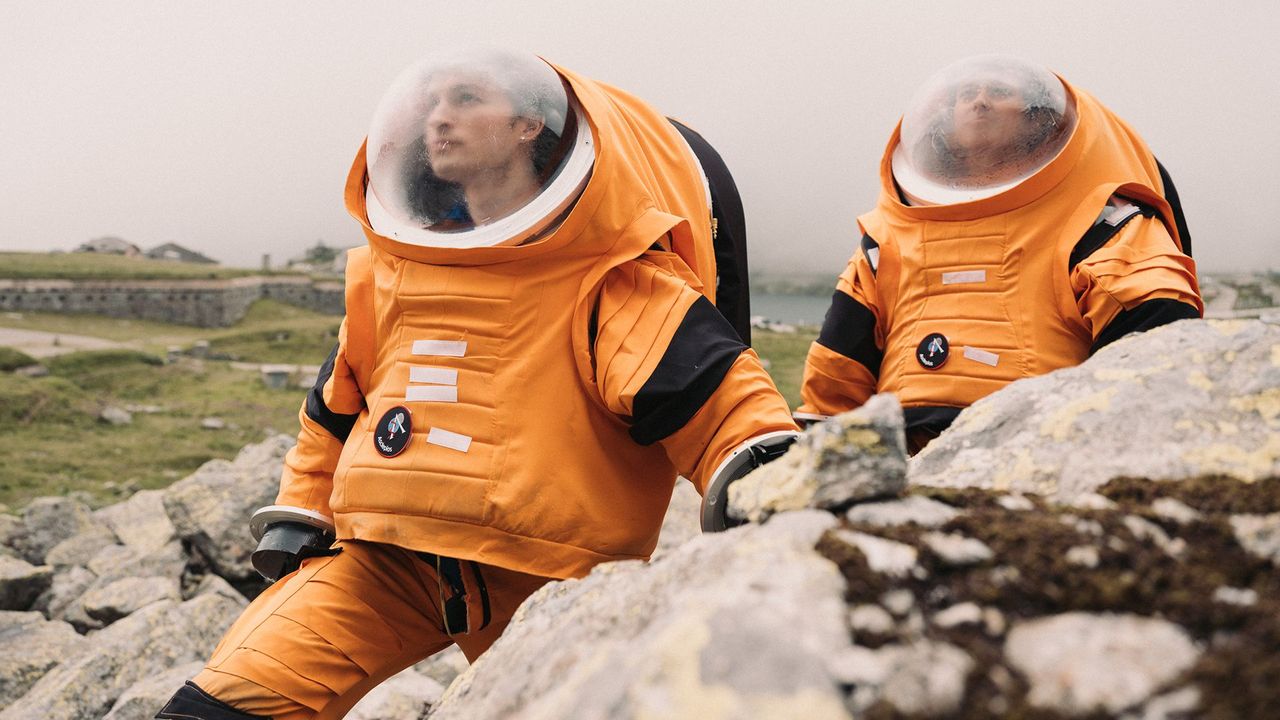Deep inside the heart of the Swiss Alps, an unusual classroom hums with quiet anticipation. Beneath the icy surface of Mount Gotthard, a group of international students live for weeks in isolation. This simulates the conditions of a lunar base. This experience is part of a larger program focusing on astronaut training in Switzerland, specifically designed to simulate lunar conditions. It is led by Asclepios, the world’s first student-run space program. Hidden within a network of tunnels originally carved for military defense, this base offers a rare chance to experience the physical and psychological challenges. These challenges are similar to those astronauts may face on future missions to the Moon and beyond.
The Making of a New Generation of Space Explorers
At the Sasso San Gottardo Fortress, students train under conditions designed to mimic the extreme environments of space. The labyrinth of tunnels, with temperatures fixed around 42°F year-round, becomes a testing ground for endurance and teamwork. These “analogue astronauts” live in small quarters, eat dehydrated space food, and perform scientific experiments while maintaining strict communication with mission control. Much like the European Space Agency’s Astronaut Training Program, Asclepios prepares its participants for real-world missions. It does this through hands-on learning, mental resilience, and advanced problem-solving within astronaut training Switzerland provides.
Their routines include simulated spacewalks through the tunnels. These are conducted at night to emulate the conditions of the Moon’s south pole. Every activity is designed to push the boundaries of human adaptability. This involves testing how the mind and body react to darkness, confinement, and the absence of natural rhythms. Some experiments even measure circadian cycles and melatonin levels, echoing biomedical studies led by research teams at NASA’s Human Research Program.
Engineering the Future of Space Habitats
Participants come from diverse backgrounds—engineering, medicine, physics, and psychology—all united by a shared dream of space exploration. For many, this simulation is their first opportunity to experience what it takes to survive off Earth. One of the core objectives of Asclepios is to teach sustainability through space design. In these underground missions, nothing is wasted. Every drop of water is recycled, and every resource is carefully measured, which echoes the ambitions of astronaut training programs in Switzerland’s lunar simulation efforts.
This philosophy aligns with the broader vision of sustainable space innovation promoted by organizations like the European Space Policy Institute. Here, efficient resource management and life-support systems are key topics. Students learn how technologies developed for lunar habitats could also revolutionize life on Earth. This could include reducing agricultural water use, improving renewable energy storage, and enhancing construction in extreme environments.
Beyond the physical challenges, Asclepios emphasizes emotional intelligence and crisis management. Each participant must adapt to isolation and uncertainty. They learn to lead and communicate effectively under pressure. These soft skills are invaluable not only for astronauts but for future scientists, engineers, and policy leaders. They train under conditions that simulate lunar missions.
From Alpine Caves to Lunar Dreams
The Asclepios project is more than an academic exercise—it’s a global collaboration aiming to inspire the next generation of space professionals. The program draws parallels to initiatives like the International Space Education Board, which encourages international partnerships. These partnerships advance space science and human exploration.
Every year, Asclepios conducts missions that mirror the structure of real NASA or ESA expeditions. These include a launch countdown, “travel” phase, surface operations, and scientific objectives. Each mission refines procedures, develops new technologies, and provides data that contributes to the broader field of astronautics. For students, it’s an opportunity to test the limits of human performance in conditions few ever experience. This is similar to astronaut training in Switzerland focusing on lunar simulation techniques.
As they emerge from the tunnels back into the sunlight, the young astronauts carry with them not only fatigue but a renewed sense of purpose. They are part of a generation preparing humanity’s return to the Moon. They are driven by curiosity, collaboration, and the belief that exploration doesn’t begin in orbit but in the determination to reach beyond what we know.



